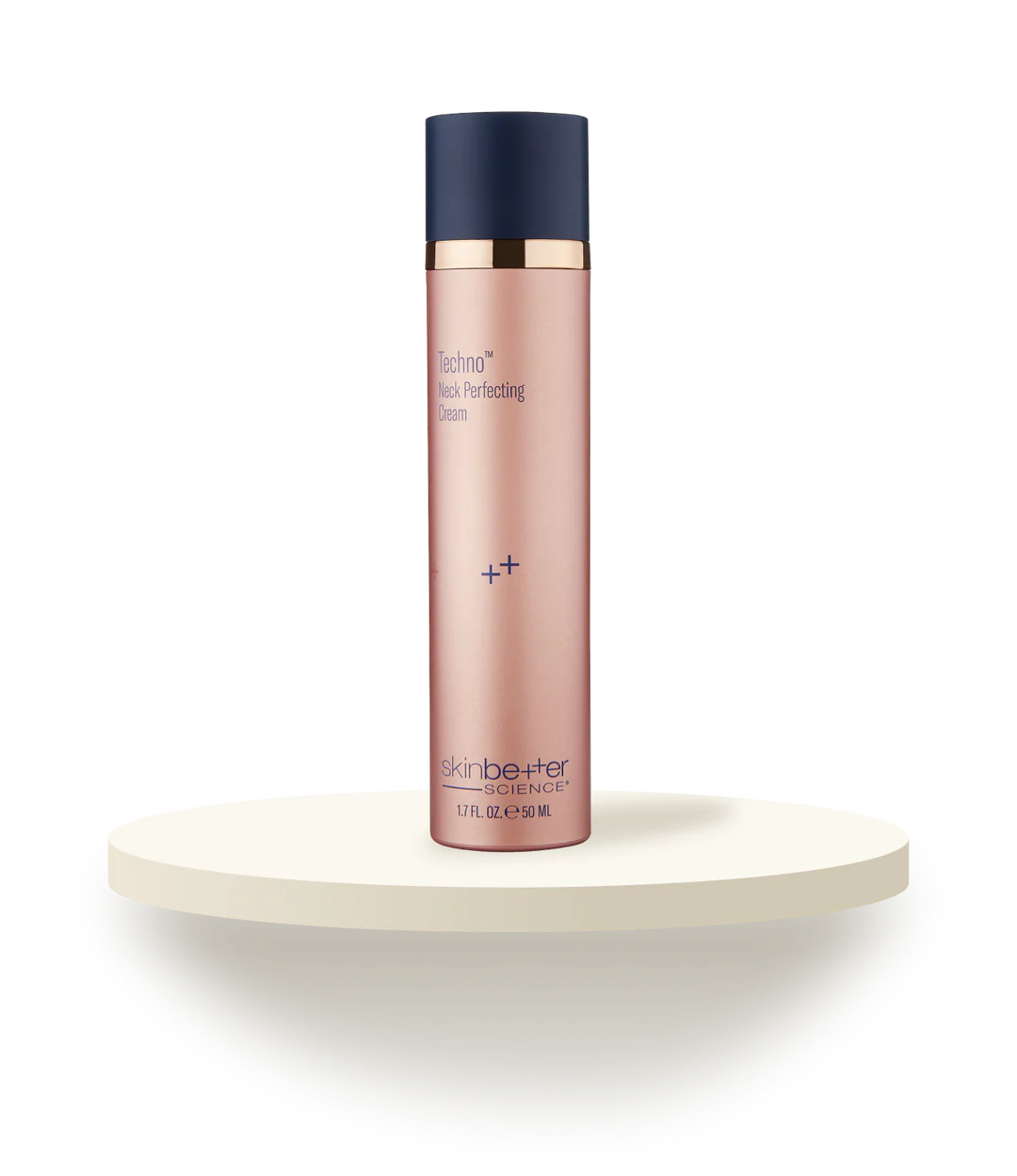Eye Ptosis Surgery & Correction
An eye doctor (ophthalmologist) looks at several determining factors when deciding how to best treat eye ptosis. These include:
Whether the patient has unilateral or bilateral ptosis
The strength of muscles that control the eyelid
The eye’s ability to move
The height of the eyelid
The patient’s age
The primary goal of ptosis treatment is vision correction. In most cases of severe ptosis, surgery is recommended to tighten eyelid muscles that have become stretched or weak.
In most cases, ptosis surgery is performed on an outpatient service at the ophthalmologist’s office. Local anesthesia and oral sedatives are normally used to ensure patient comfort. General anesthesia is not typically used for this procedure.
The American Academy of Ophthalmology recommends that all children be checked regularly for developing ptosis, amblyopia, or other eye/vision problems. If you or your child has an eyelid surgery, it is important for the surgeon to know about any medications, supplements, and herbal medicines you may be using. Many of these substances can interfere with controlling bleeding, blood pressure, heart rate, and other vitals during surgery.
As with all types of surgery, there are risks involved with ptosis treatments. Be sure you understand these risks by discussing them with the doctor during your consultation appointment.
Eye Ptosis Surgery External Approach
The most common ptosis correction procedure is called an external levator advancement. It is used in cases where the upper eyelid crease is high and the levator muscle functions normally, but the aponeurosis has become stretched or disinserted. The aponeurosis is a sheet-like fibrous tissue that acts as a tendon for the levator.
Using an external approach means that the surgeon makes an incision through the outside of the upper eyelid crease (supratarsal crease). This approach allows the doctor easy access to the muscles and tendons that control the eyelid. It also makes it more convenient if excess eyelid skin needs to be removed.
Eye Ptosis Surgery Internal Approach
The surgeon may be able to correct problems of the fibrous connective tissue of the levator aponeurosis, called the tarsus or the Muller muscle, without making an external incision to the supratarsal crease. This is achieved by flipping the eyelid inside-out and then shortening the tissues. However, this procedure is typically only used for minimal ptosis of 2 mm or less.
Eye Ptosis Surgery Frontalis Sling Fixationh
A frontalis muscle sling fixation surgery may be recommended to correct impaired levator function in cases of congenital ptosis. In this procedure, the surgeon attaches the eyelid to the frontalis muscle that controls the movement of the eyebrow. Commonly, the doctor can do this by inserting a silicone rod through the eyelid without making an incision.
Afterward, the patient will have to learn how to control their eyelids using the frontalis muscle instead of the dysfunctional levator muscle. This procedure is effective for correcting severe ptosis but is not typically advised for those with severe dry eye syndrome or corneal sensitivity.

